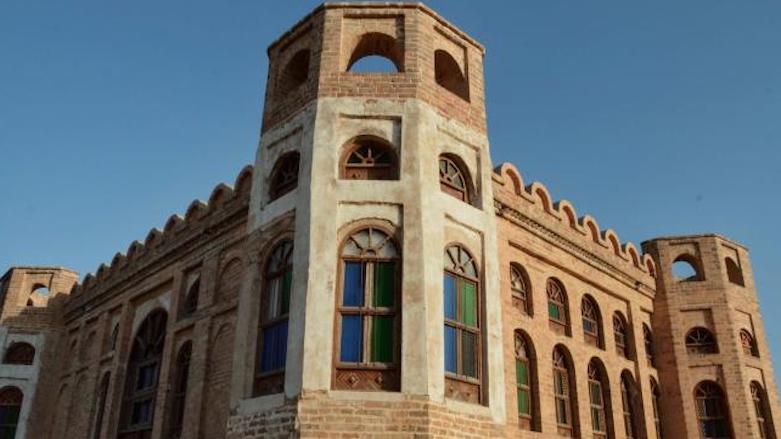Scotland-based archaeologist on mission to save earthquake-hit castle in Kurdistan

ERBIL, Kurdistan Region (Kurdistan 24) – An archaeologist from Scotland is leading a global rescue mission to save a famous Kurdish landmark which was severely damaged following last November’s devastating earthquake in the Kurdistan Region and Iranian Kurdistan (Rojhilat).
Dr. Claudia Glatz, a senior lecturer in archaeology at the University of Glasgow, is leading a project to repair the historic 200-year-old Qala Shirwana castle in the Kurdistan Region.
The historic castle, located on the outskirts of the town of Kalar, southeast of Kirkuk, is built on top of one of the tallest archaeological sites in the Garmian region.
Glatz hopes to help stabilize and restore the tourist site which was greatly affected by the 7.3-magnitude earthquake that rocked Rojhilat and parts of eastern Kurdistan on Nov. 12 killing hundreds and injuring thousands more.
“The castle is of immense significance to the local population, who are still coming to visit it despite the earthquake damage,” Glatz was quoted as saying by Scottish newspaper The National.
The university lecturer is an expert in the archaeology of the ancient Near East and co-director of the Sirwan Regional Project, an international archaeological research project that has been exploring the area since 2013.
The Qala Shirwana Cultural Heritage Project, which Glatz is leading, is working closely with senior officials from the General Directorate of Antiquities in the Kurdistan Region.
“Together with our colleagues in Kurdistan, we are developing a plan to re-stabilize and rebuild the structure using traditional materials and techniques wherever possible,” Glatz explained.
The Qala Shirwana castle is an important part of the Kurdistan Regional Government’s (KRG) goal to attract international tourists to the Region.
Before the earthquake damaged the structure, it was home to the Folkloric Museum of Garmian which collected around 400 artifacts and historic photographs.
